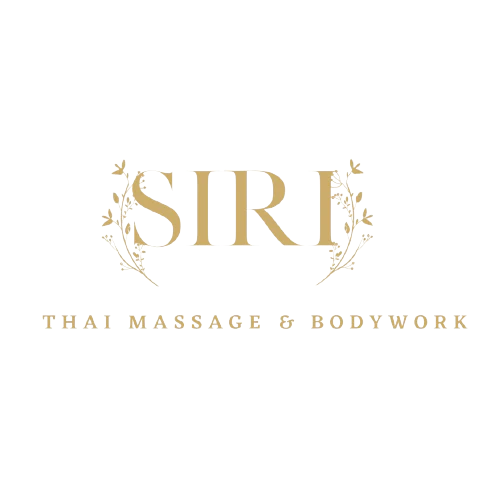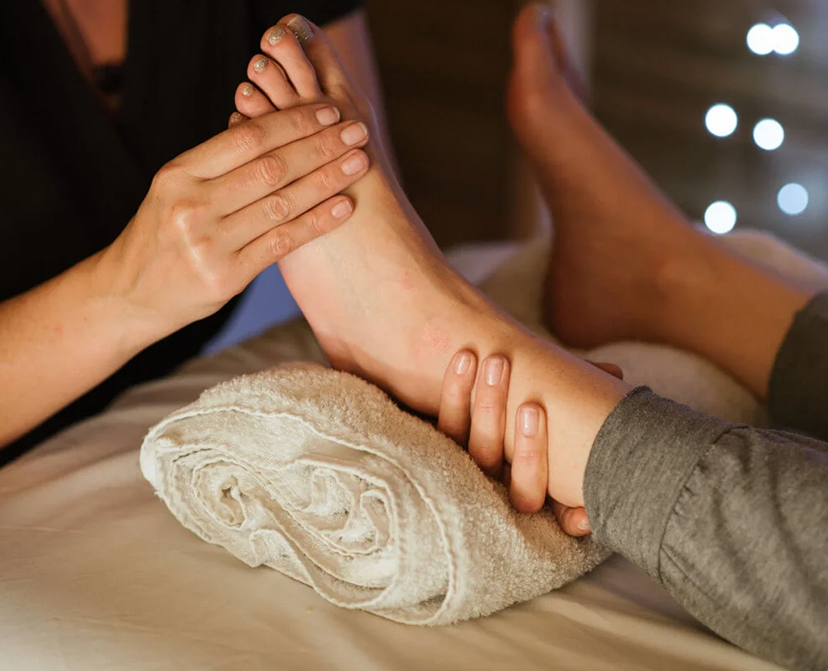Cupping Therapy:
Short description
Expert Therapists: Our team of highly trained and experienced massage therapists are dedicated to providing personalized treatments tailored to your specific preferences and concerns. Their expertise ensures that you receive the highest quality care during your session.
Share
Guaranteed Safe Checkout
Payment methods
Experience the Healing Touch of Cupping at Siri Thai Massage
Cupping Therapy: Ancient Technique, Modern Wellness Marvel
Introduction
Cupping therapy, a form of alternative medicine with roots in ancient cultures, has gained renewed popularity in the wellness community.
This therapy involves placing special cups on the skin to create suction, believed to promote healing and relieve muscle tension.
The Essence of Cupping
At its core, cupping therapy relies on the creation of a vacuum against the skin.
This is traditionally achieved by placing glass, bamboo, silicone, or earthenware cups on the skin, after introducing heat inside them to create suction.
Modern techniques might use a mechanical pump instead of heat to create this vacuum.
How Cupping Works
Once the cups are securely placed and suction is achieved, they draw the skin and superficial muscle layers upwards.
This process is thought to increase blood flow to the area, encouraging the body's natural healing processes.
The suction and negative pressure provided by cupping can loosen muscles, stimulate blood flow, and sedate the nervous system.
Cupping therapy is celebrated for various health benefits
Therapeutic Benefits
-
Pain Relief: Particularly effective in relieving back and neck pains, rheumatism, and migraines.
-
Improved Circulation: Enhanced blood flow helps in repairing cells and reducing muscle tension.
-
Relaxation: Acts as a form of deep-tissue massage, promoting relaxation and reducing stress.
-
Detoxification: The therapy is believed to draw toxins to the surface, aiding in their elimination from the body.
-
Respiratory Relief: Helps in alleviating symptoms of respiratory issues like asthma and bronchitis.
Experience
During a cupping session, cups are left in place for a few minutes, and the skin might turn red due to the blood vessels expanding. Some may experience mild discomfort, which typically subsides soon after the procedure.
Conclusion
REAL REVIEWS FROM REAL PEOPLE
- Christine B.



